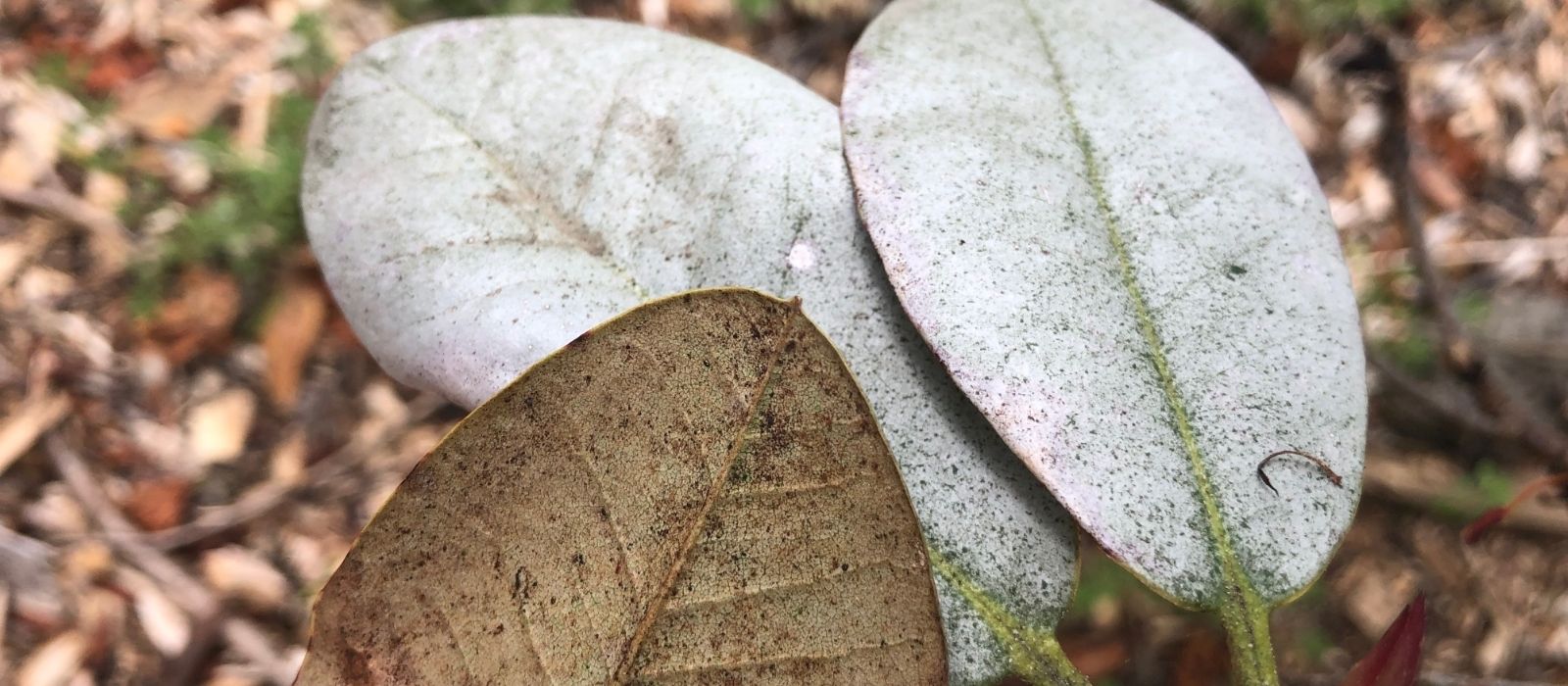
Symptoms
If your plants have leaves that appear silver on the surface with a dusting of fine brown dots underneath, this is likely the telltale sign of a thrips infestation.
Damage
Thrips cause leaves to become disfigured and can also transmit plant viruses, further weakening the plant.
Preventing Thrips
The best approach to managing thrips is prevention. Healthy plants are less likely to be attacked by pests, so it's essential to maintain good gardening practices:
Healthy Soil: Promoting soil health through composting and proper drainage helps plants thrive and makes them less susceptible to pests.
Watering and Feeding: Regular watering and proper feeding strengthen plants and help them resist pest damage.
Pruning: Removing dead or damaged plant material helps prevent pests from taking hold.
While these practices are essential, they may not always be enough to prevent thrips, so additional steps may be necessary.
Thrips Treatments & Timing
To control thrips, it is crucial to use a thorough spray application. Contact sprays should cover not just the tops of the leaves but also the undersides, where thrips often hide.
These products are designed to combat thrips effectively. Early intervention is the key to preventing damage, and although you can't see the damage yet, thrips must be treated in November. Follow up with a second spray in 2–3 weeks to ensure thorough control.
Tree Health Band: A Hidden Gem
One unique and highly effective treatment option is the Tree Health Band.
How It Works: The band is soaked in the appropriate insecticide and then pinned around the plant's stem. It slowly releases the treatment over a period of 4–6 weeks, offering continuous protection. This product is ideal for larger plants that are difficult to spray, like large Rhododendrons. It can be used for various pests, not just thrips, and is suitable for non-edible plants.
Managing thrips requires both prevention and active treatment. Begin by promoting plant health through good gardening practices, and then use appropriate insecticides to tackle any existing infestations. For large plants, consider using a Tree Health Band for long-lasting protection. Regular monitoring and follow-up treatments will ensure your plants stay healthy and pest-free this season.






